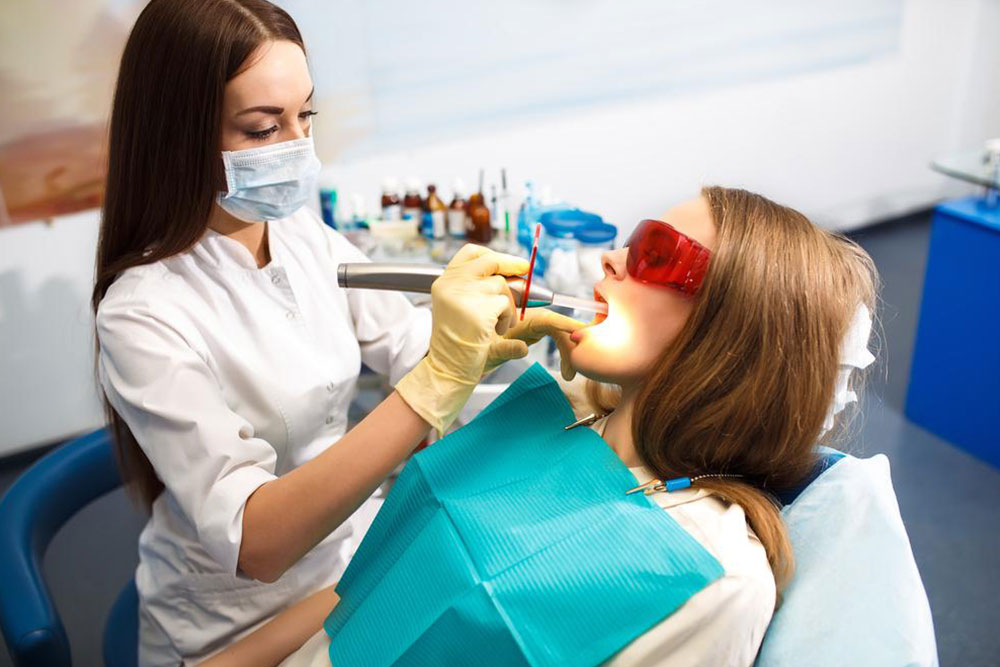Surgical and non-surgical gum disease treatments
Every morning, you may begin your day by brushing your teeth and repeat the same routine before going to bed at night. However, do you pay as much attention to your gums? Unhealthy gums can cause a number of problems, including the loosening of teeth until they eventually fall off.

Gum disease treatment can be surgical or non-surgical. This depends on your overall health and your body’s response to earlier treatment. In most cases, surgical treatment is resorted to, only if non-surgical methods do not show much improvement.
Non-surgical forms of treatment for gum disease include:
- Professional dental cleaning
This is more a preventive measure than treatment and involves the removal of plaque and tartar from above and below the gum line of the teeth. Regular brushing does not help remove this plaque build-up and hence if you display signs of gum disease, a professional clean-up is usually recommended twice a year. - Scaling and root planing
If you have a lot of tartar under your gums, your dentists may recommend this procedure. For scaling and root planing, the patient is put under local anesthesia and the plaque and tartar are then scraped off the tooth surface. Any rough spots left on the teeth are then smoothed out by planing the teeth. This gives the gums a smooth surface to reattach themselves onto.
If the tissue surrounding the teeth is unhealthy, surgical treatment may be recommended. The most common types of surgical treatment for gum disease are:
- Flap surgery/pocket reduction surgery
This involves lifting the gums to remove tartar underneath them. If the bone tissue under the teeth has been damaged, the surface may be smoothed out to reduce bacterial access. After cleaning, the gums are refitted snugly around the teeth, thus reducing the risks of complications arising from periodontal disease. - Bone grafts
Advanced stages of gum disease can damage the bones below the teeth. In cases of severe damage, fragments of the patient’s own healthy bones, donated bones or synthetic bones may be used to replace the damaged bone as a graft. This allows the bone to regrow. Tissue engineering can further help speed up the process of bone and tissue regeneration. - Soft tissue grafts
This involves reinforcing thin gums or spaces left behind by gums that have receded with tissue from the roof of the mouth. - Guided tissue regeneration
If the jaw bones supporting your teeth have been severely damaged, a small piece of fabric may be inserted between the gum tissue and bones to keep the soft tissues from expanding into the space left behind by the damaged bone. This procedure is usually performed along with a flap surgery.











